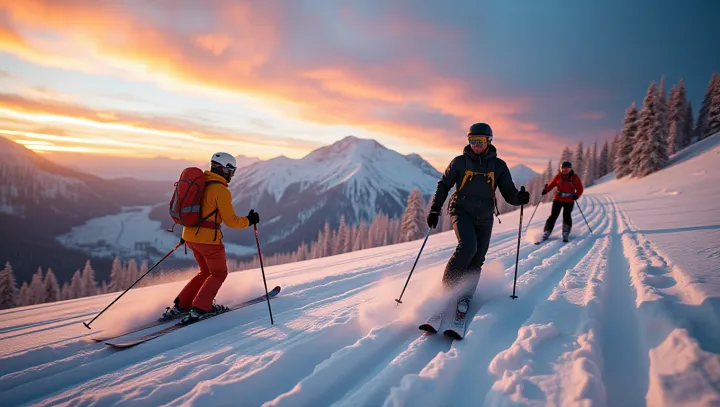Skiing: Nordic vs Alpine

In the charming winter landscapes of Europe, skiing stands out as a beloved sport with a rich history and cultural flair. Specifically, skiing is predominantly divided into two styles: Nordic and Alpine. These two forms, though related by their central theme, offer vastly different experiences and challenges.
Nordic skiing, often referred to as cross-country skiing, is set against the gentle backdrop of rolling terrains and serene trails. This style emphasizes endurance and technique, requiring skiers to traverse long distances over flat or mildly undulating surfaces. Its roots are deeply embedded in the snow-covered regions of Scandinavia, where it originally served as a vital mode of transportation.
In contrast, Alpine skiing, the style most recognized during thrilling downhill events, involves descending steep, precipitous slopes. Skiers executing graceful turns at high speeds embody the peak of Alpine skiing excitement. Originating in the rugged Alps, this style emphasizes precision and agility in managing the swift descents and challenging terrains.
As both forms continue to captivate enthusiasts across the globe, they highlight the wide spectrum of skiing adventures available. Expert Tom Hansen of the Winter Sports Institute commented, 'Whether it's the endurance of Nordic skiing or the adrenaline of Alpine, each offers its own unique exhilaration.' These distinctions enhance the appeal of skiing, drawing participants of varying interests and skills to the sport.
